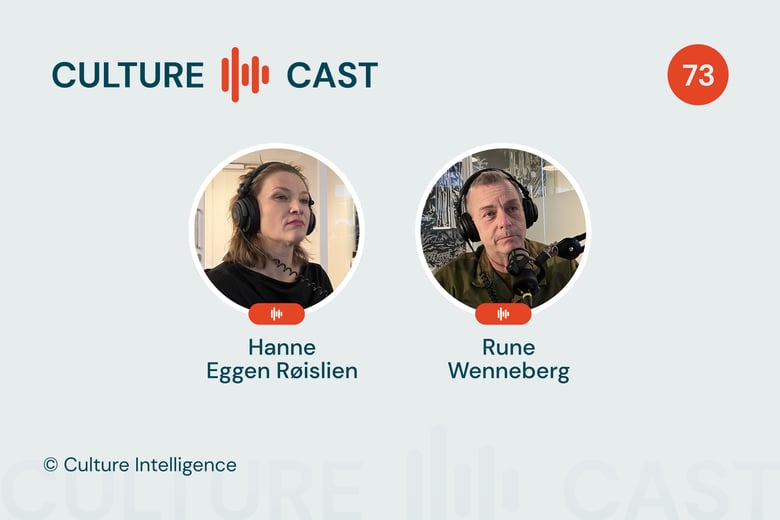Currently, culture development is one of the most important KPIs in business. And why is it so? Some of the things that are going on in the world now impact us all. And we are heading for some radical changes. Along with the waves of digital transformation, some global issues are also impacting the business society. Global market change, Economic fluctuations, and social unrest are pointing at leaders and companies to act differently. So, there is a need for cultural development. However, the problem is that leaders are struggling to understand what they need to develop. You, as a leader, cannot just say, “Oh, let’s do culture development.” The main question is where the development process should start and where it should be heading.
Challenges in Culture Development
The challenging part of the culture development process is to have these two data sets:
- Where we are starting in our culture development processWithout knowing where you are currently, you are starting with an assumption about your culture, but you do not know if everyone in your company agrees with it.
- Where we are heading in our culture development processYou are moving into an uncertain picture if you do not know where you are heading. You are heading towards somewhere wishful thinking place that is not well-defined.
The first data set you as a leader need to look at is where your team is at the moment. After having insight into your actual culture, the next step is to craft a visionary picture of where you are heading. The imaginative vision does not come out of the air. The alignment of your business culture with the business strategy helps you understand where you are heading. So, thinking about culture in a way that is supposed to meet the requirements of the strategy enables you to understand your cultural journey ahead.
The number one rule in the cultural development process is if you want people to begin to live in values that you have defined, you need to make sure that people understand where they are starting from. Additionally, they also should know what if the new set of values represent their personal values or not. If it represents, what are they? The next step is to identify the most significant gaps between the two that you think will be impactful in heading the culture in the right direction.
By Tone Ringstad, CEO & Founder at Culture Intelligence



